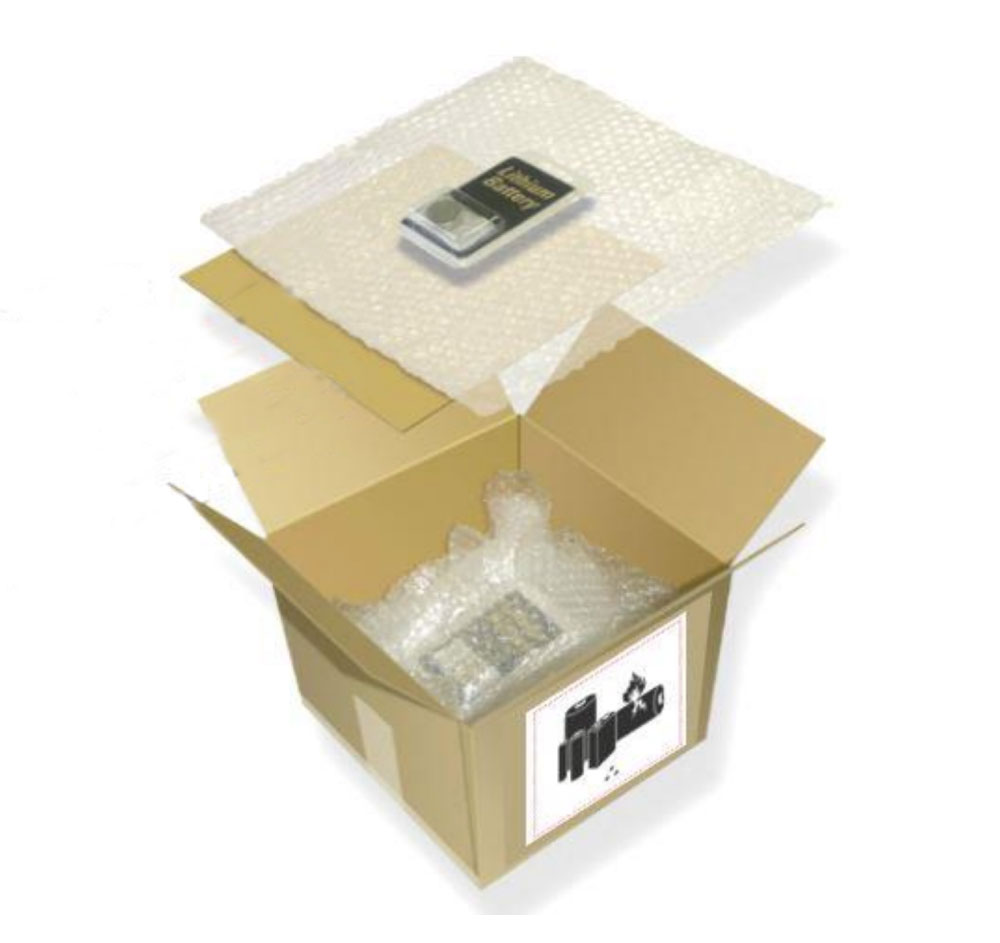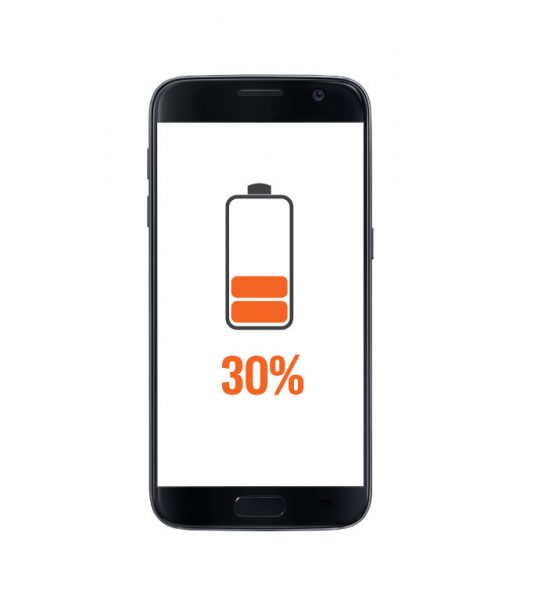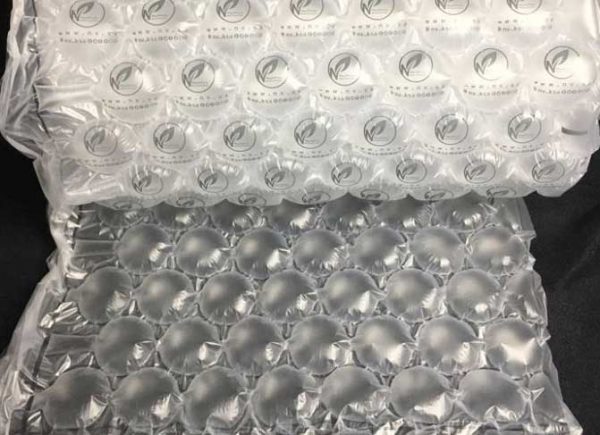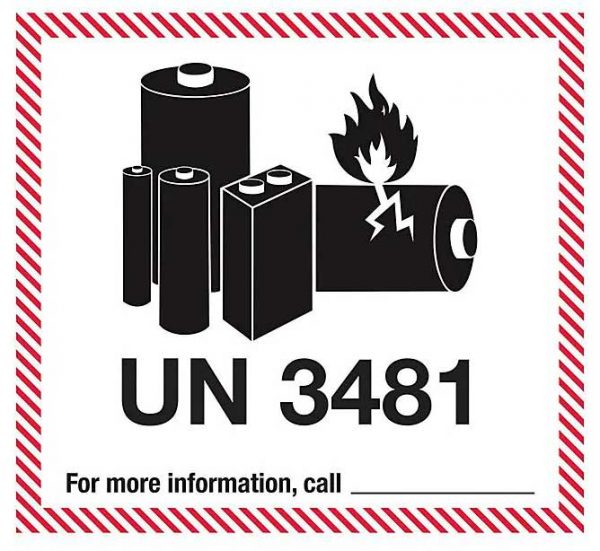After lithium-ion pouch cells are made, they are packaged up for the next part of the supply chain: transportation. The cells are shipped to the mobile phone manufacturing facilities for assembly. Transporting lithium-ion cells and batteries creates new challenges for many stakeholders including safety scientists, packaging and shipping companies, cargo carriers, and manufacturers. Safety scientists investigate the safest way to package and ship batteries.
Shipping and Transporting batteries to assemble your mobile phone
Cause and effect
Lithium-ion batteries present risks in transportation related to battery failure. In order to identify solutions, we must first deeply understand the problem. Safety scientists, researchers, and engineers at UL Research Institutes and UL Standards and Engagement work to determine the probable causes and solutions to the issue of battery failure.
Student Reading: The Mark of Safety (23mbs)
Mobile phone manufacturing
This map shows the locations where mobile phones are produced. Mobile phone manufacturing takes place around the world with China, Vietnam, and Hong Kong being the leading producers. Once packaged, they need to be transported from where they are completed to where they will be purchased.
Because lithium-ion batteries can short-circuit and cause thermal runaway, they are considered dangerous goods on cargo and passenger planes by the International Civil Aviation Organization (ICAO) and tightly regulated by the UN and the International Air Transport Association (IATA).
Lithium-ion batteries can short-circuit and cause thermal runaway
An internal or external short circuit is one of the major risks when transporting batteries.
This happens when the battery terminals come into contact with other batteries, metal objects, or conductive surfaces.
To address the safety and performance of the batteries before they can be transported, batteries are put through rigorous safety tests including: crush tests, altitude simulations, nail tests, short circuit simulations, projectile tests, thermal, vibration, shock, impact and overcharge tests, and a forced discharge test.
When a sampling of batteries pass these tests without any signs of mass loss, leakage, rupture or fire, that model of battery has met the UN’s shipping criteria and guidelines. The rest of the batch is ready to be packaged and shipped to the mobile phone manufacturer.
Packaging and shipping batteries includes very specific demands for safe transport. The following criteria must be met:
- Batteries must be no more than 30% State of Charge
- Packages must be secured to protect batteries from shifting, short-circuiting, activating, and being damaged by other package contents
- Packages that contain lithium-ion batteries must be clearly marked
Lithium-ion batteries outside of a device must be in a container that weighs less than 30 kg (66.14 lbs) and passes a 1.2 meter (3.94 ft) drop test
Once they meet these criteria, the phones are ready to ship!

CHARGE:
Batteries must be no more than 30% State of Charge.

PACKAGING:
Packages must be secured to protect batteries from shifting, short-circuiting, activating, and being damaged by other package contents.

LABELLING:
Packages that contain lithium-ion batteries must be clearly marked Lithium-ion batteries outside of a device must be in a container that weighs less than 30 kg (66.14 lbs) and passes a 1.2 meter (3.94 ft) drop test.

Once the batteries are packed into phones, the phones themselves then need to be shipped.
Most phones are transported by air.
Data courtesy of the New York Times
Air Transportation: What are the risks?
As we have seen, when a lithium-ion battery is not designed or handled the right way, the battery can undergo thermal runaway. In this state the lithium-ion battery can smoke, catch fire, or explode. If that battery is in the cargo hold of a plane, the fire is difficult to reach. If that battery is near other lithium-ion powered devices or dangerous goods, it is a more difficult problem to solve.
